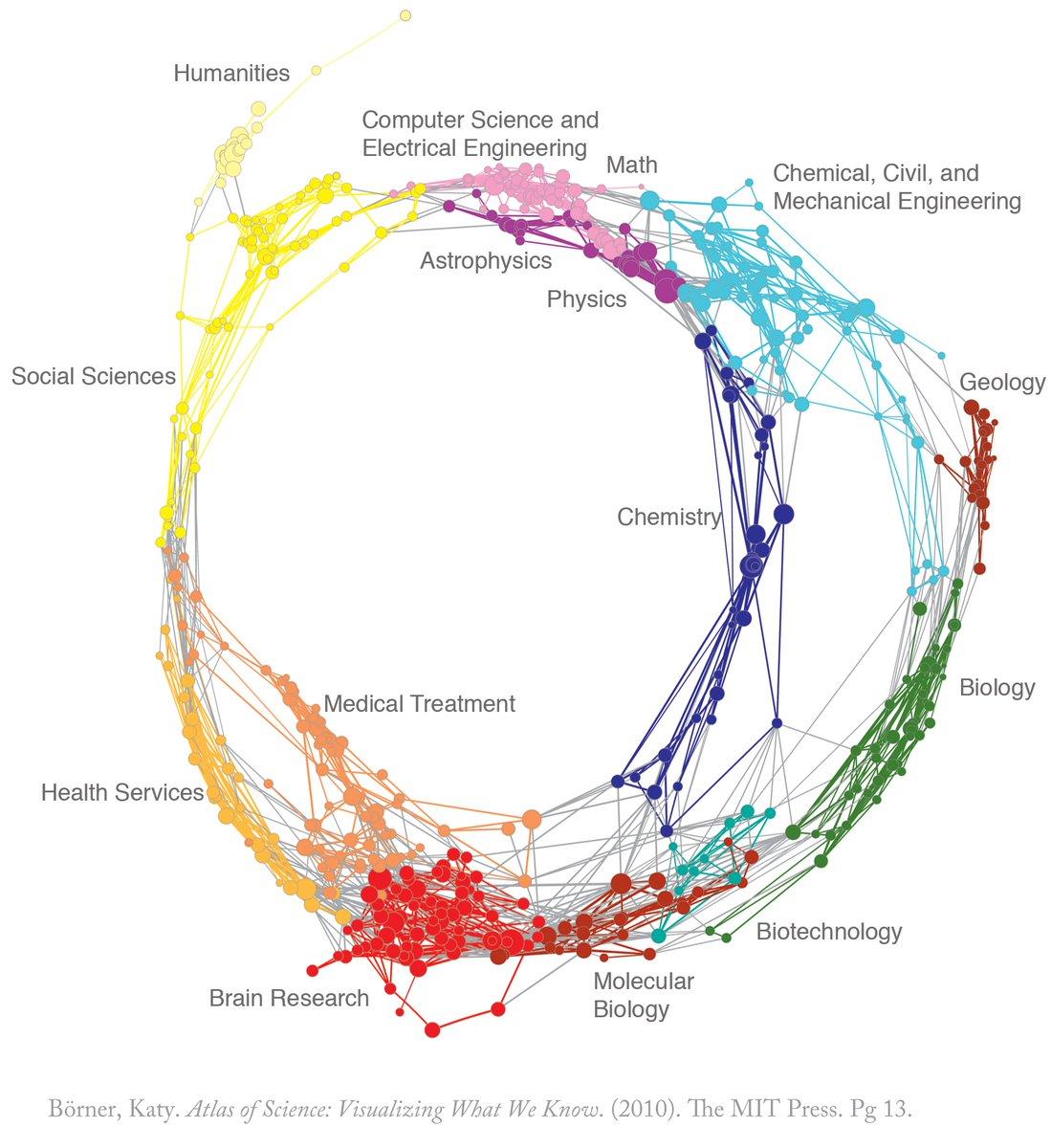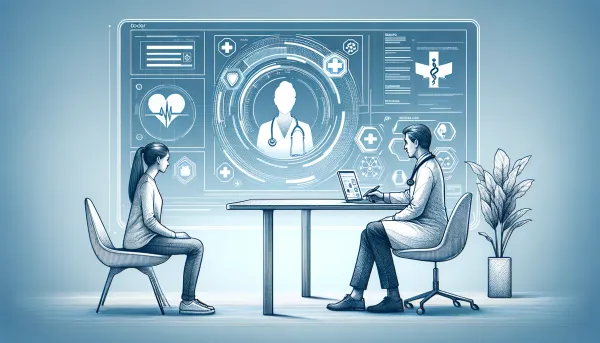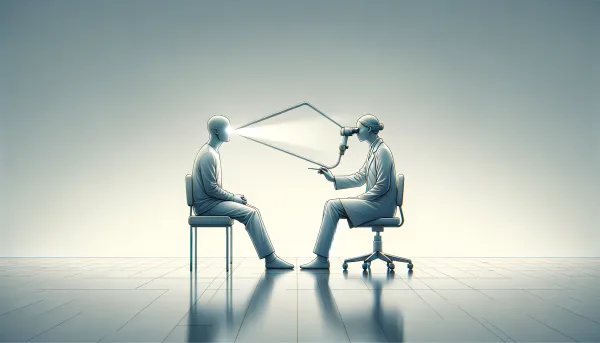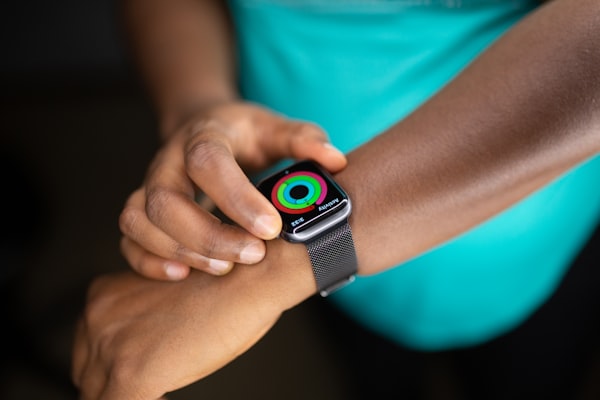Prevention, Sleep, Lactate, Range and Biohacking
HIV prevention yields results, circadian rhythm is distracted by savings time, lactate zones are the new standard in sports, range and some biohacking.

First of all, I hope you’re all doing OK. I started posting more on LinkedIn, you can connect with me there if you want to.
That’s all. Here are some medical resources to keep your mind off the COVID-19, since every platform is swarmed with it.
Prevention
Let's start with something more cheerful than pretty much any of news these days. This diagram is showing how the treatment of mothers with HIV affect its transmission to infants. But first of all, 80% of pregnant HIV+ women received treatment in 2017 compared to 51% in 2014. I can imagine this number is even higher. This resulted in 1.4 million less HIV infections. This is incredible. Make yourself a favour and see some Beautiful News for yourself to uplift you in these tough times.

Sleep
We made the switch to "summer time" last week. What does it mean for our health? Let's say 1.5 billion people were part of a global experiment called "daylight savings time". We are (usually) forced to reduce sleep by one hour for a single night. This means losing an hour of sleep opportunity. Researchers have looked at health records around this day. They found that the day after, there's a significant spike in the amount of heart attacks and traffic accidents around the world. Interestingly, the results are opposite when we switch bask to "winter time" in the autumn.
When thinking of sleep, I cannot help myself but also think about blue light. The more blue light our eyes absorb, the more we prolong our wakefulness. This suppresses melatonin secretion from the pineal gland. It might seem like not a big deal, but this significantly disturbs our normal circadian rhythm. One of the most notable sources of blue light are screens - TVs, smartphones, computers and tablets. LED lights are also one of the more prominent sources. Especially now when most of us are stuck behind a computer all day, it's easy to prolong our days because of blue light. That's why it's useful to install a blue light "filter" app for your computer called F.lux. It adapts the screen colour according to the time of day and your location. It's weird at first when you find yourself staring at an orange screen in the evening. I got used to it and it makes a difference. We're in a time when we have to manage ourselves and it's easy to fall into the loop of too little or too disturbed sleep. This is one of the solutions and it works.
Lactate
If you wear any kind of fitness tracker or smartwatch and train regularly, you’re familiar with heart rate (HR) zones. They are divided into about 5 zones according to your maximal HR. Depending on what you train for, the software then recommends in which HR zone you have to be active. This model is, of course, a bit flawed, although it’s still a good enough reference.
A better model and reference (in an ideal world) are lactate levels. There are 6 or 7 zones and especially interesting is zone 2. Zone 2 coincides with your peak mitochondrial performance. Only slow-twitch muscles contract. In other words, in zone 2, mitochondria will be able to oxidise the biggest amount of fat, which is the most efficient fuel. You could say that your body is most efficient at this point. When your body makes the transition into zone 3, it starts using fast-twitch muscles and glucose as fuel.
Where does lactate come in? As you may know, fast-twitch muscles are glycolytic. When muscles use glucose as fuel, some lactate is also produced. As the intensity of exercise increases, there will be an increased need for glucose and therefore more lactate produced. We don’t understand this part yet. Some argue that lactate might be a signalling molecule.
So if you determined your zone 2 and trained at that level you would be training your mitochondria. And as you’d be training your mitochondria your aerobic performance would increase. This is especially common in cyclists and marathon runners. Only that their zone 2 output is much greater than that of a “normal” human. The better you can perform in zone 2, the better are your mitochondria.
There’s so much more to talk about here and I’ll surely write a post about that. Until then, there’s a great podcast about it and you can listen to it here.
Range
I came across this awesome picture, which is called "The Shape of Academia" and shows the fragmentation of academia.

It's somehow constructed using co-citations. It's interesting to me because of 2 things:
- It's a great visualisation tool about how different areas are connected. You can see that it more or less makes sense that Math, Physics and Computer Science are grouped. The same goes for Medical Treatment, Health Services and so on.
- The circle is empty in the middle, which tells me that there's not much cross-area connection. This is where the really interesting stuff and opportunity are. If you manage to pick 2 areas on the opposite side of the circle and connect them, you win. You have something brand new.
Anyway, that's also the theme of a book I've been reading. It's called Range and written by David Epstein. It's about how generalists have it better in a world of specialists. This is exactly what this circle also teaches us. There's not much in the middle, but a lot on the outside. A generalist, who knows 2 different areas can connect them and create something new. You can't say that about a specialist in one area. (Believe it or not, it was also the inspiration for this newsletter).
Genetics
This is a pretty old article, but I didn't know that's possible. Someone could integrate a genetic sequence in a DNA strand that could take control of the computer that's used to sequence it. It doesn't sound too practical though. I wonder what had to be on that computer for a hacker to go to such lengths as to modify a DNA sequence to hack a computer. But who knows, sequencing is getting cheaper and more common.




